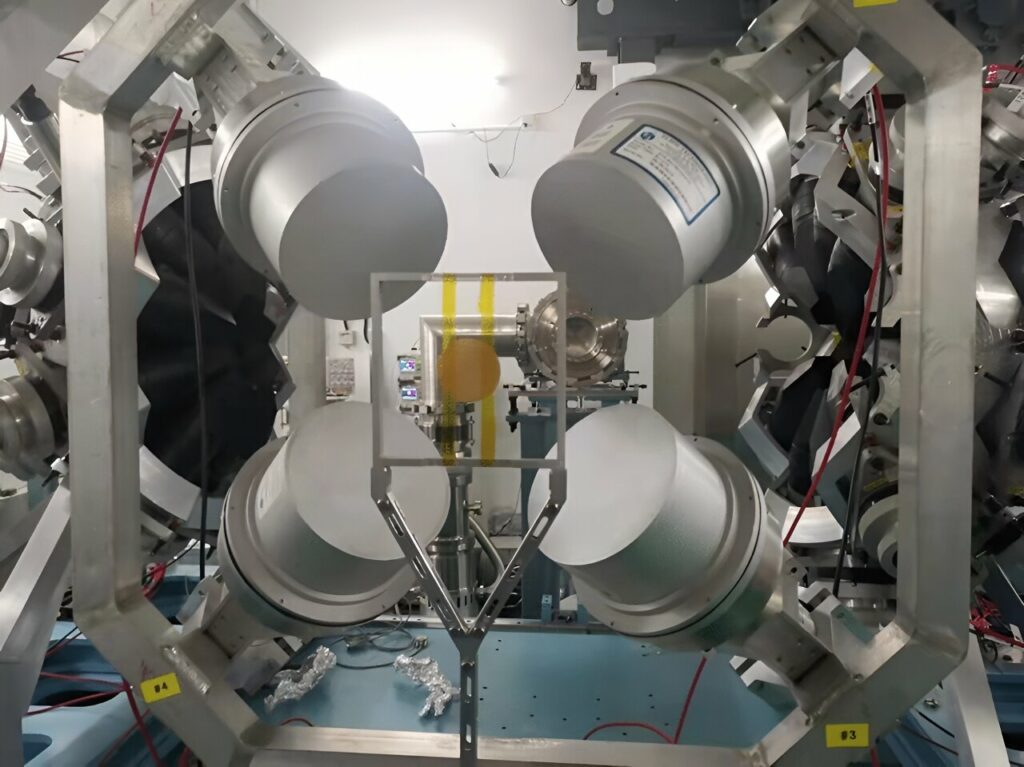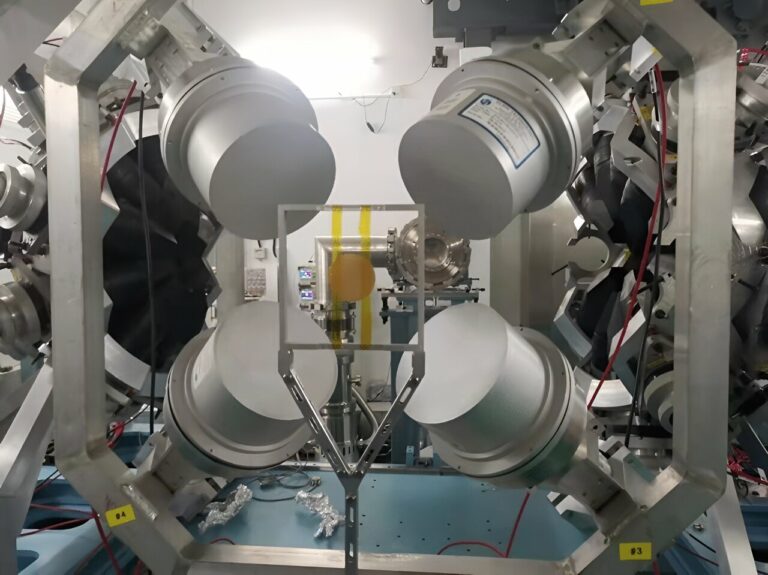Exploration of Neutron Capture Provides Insights into Astrophysics and Detector Design
In a recently published paper in the journal Nuclear Science and Techniques, scientists from Sun Yat-sen University undertook a groundbreaking investigation into neutron capture by bromine at the China Spallation Neutron Source, offering valuable insights into both astrophysics and the forefront of detector design.
Employing the Back-n facility at the China Spallation Neutron Source, the researchers utilized four specialized C6D6 detectors to observe prompt γ-rays resulting from neutron-induced capture events. Through the application of sophisticated data analysis techniques such as pulse-height weighting and double bunch unfolding methods rooted in Bayesian theory, the team ensured precise deductions of background, normalization, and corrections.

The analysis of capture yields in the observed energy spectrum heavily relied on the SAMMY code, a multilevel R-matrix Bayesian tool. This tool played a central role in extracting resonance parameters. While the results were consistent with previous studies, notable discrepancies surfaced when compared to certain databases. The TALYS code, rooted in the Hauser–Feshbach statistical emission model, played a crucial role in describing average cross-sections in unresolved resonance regions. The study’s culmination involved calculating the Maxwell average cross sections (MACSs) for bromine isotopes and comparing them with existing databases and recommended values.
Through a combination of precision and advanced methodologies, the research not only deepened the understanding of neutron capture by bromine but also shed light on broader implications for astrophysics and detector design. Furthermore, these findings are poised to influence the design and improvement of upcoming neutron and γ-ray detectors, pushing the boundaries of nuclear experimentation. This study establishes a robust foundation for subsequent investigations, poised to unveil more cosmic mysteries.
This article is republished from PhysORG under a Creative Commons license. Read the original article.
Do not forget to share your opinion with us to provide you with the best posts !




0 Comments